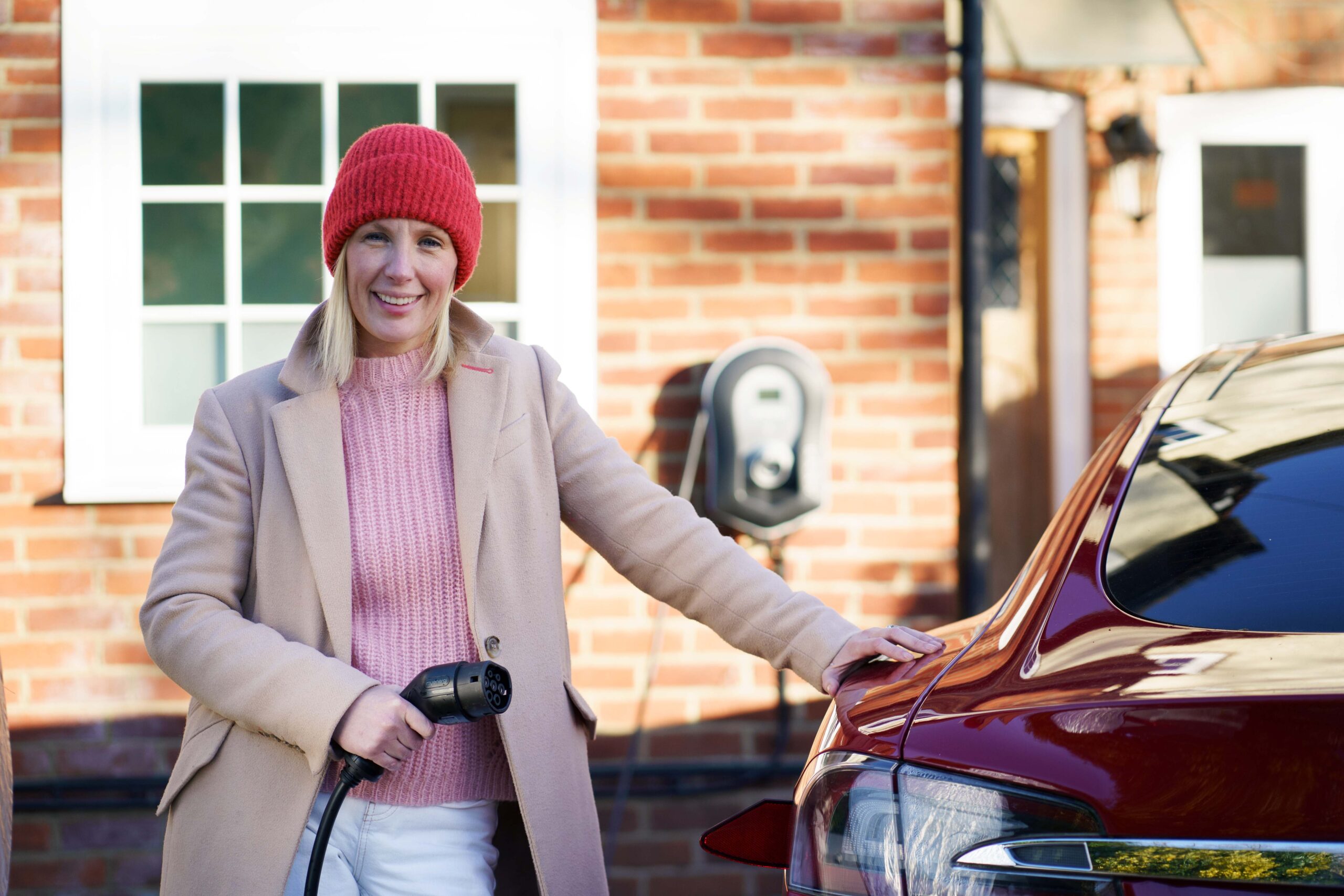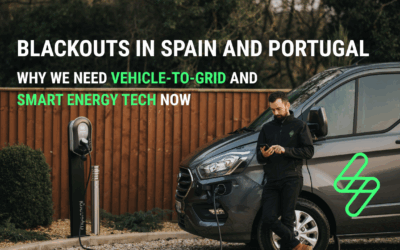Home Charging: Convenience on Your Doorstep
Imagine waking up every day with a fully charged EV, its like waking up to a fresh coffee. That’s home charging for you, and here’s why:
1. Convenience and Control
One of the biggest benefits of home charging is convenience. You can simply plug in your vehicle overnight or whenever it’s parked at home, and it’s ready to go each morning. I love my myenergi zappi home charger because I schedule charging to fit in with the kids activities, plus getting the max benefit from off-peak electricity rates.
2. Cash Savings
Home charging is where the real savings happen. Charging your EV at home during off-peak hours is way cheaper than using public stations. Some energy suppliers like Octopus, EDF and Ecotricity even have special EV rates that lower your costs even more.
For households with access to renewable energy sources like solar panels, the benefits are even greater. By charging during the day, you can make use of free solar energy, cutting costs and reducing your carbon footprint.
3. Installation Costs
Getting a wall charger installed could set you back anywhere from £500 to £1,000. But there are government grants and incentives that can make it easier on your bank balance. Long-term, home charging is an investment that’ll pay off. My favorite charger, hands down, is the myenergi zappi! Eco+ mode means I can schedule charging to suit me and save some cash at the same time.
I also recommend downloadeding the Home Assistant (HA) app so you can flip your zappi to different modes depending on the time of day. Total control! Love it!
Public Charging: Paua on the Go
Tired of downloading a new app every time you stop to charge? Use the Paua card for flexibility and accessibility. It’s like having a universal charger for your phone, but for your car. With Paua, you just tap your card on any of the 54,000 conncectors and go. Simple, easy, and no fuss.
1. Availability and Flexibility
Public charging is perfect if you don’t have a driveway or you live in an apartment. There are literally thousands of charging points across the UK, and they’re popping up everywhere. Whether you’re in town or on the M25, you can always find a spot to plug in and wait for your bill at the end of the month. Transparent pricing means no hidden surprises too! Automatic expense reports make it super easy to track all your EV charging. Perfect for business users, fleet management or anyone who gets ride up of manually adding up receipts.
2. Fast Charging Equals Fast Life
Let’s talk speed. Some public charging stations are rapid chargers that can juice up your EV in like 30 minutes. They are a bit more expensive than home charging but perfect for road trips or when you’re out and about and need juice fast.
3. Costs Can Add Up 💳
Now, public charging isn’t always cheap—especially those rapid chargers. You might end up paying more per kilowatt-hour than you would at home. But if you’re only using it occasionally, it’s still a solid option when on the move.
So, Which is Better?
Honestly, it’s all about your lifestyle. If you’re lucky enough to have a driveway or garage, home charging is probably going to save you more in the long run. It’s convenient, cheaper, and you can even use renewable energy if you’ve got solar panels (super eco-friendly).
But if you’re constantly on the go or live somewhere where home charging isn’t an option, public charging is your best friend. The flexibility is super convenient—just be ready to pay a bit more for the speed.
Key takeaways
Home Charging = convenience, control, cheaper over time, but with upfront costs.
Public Charging = flexible, fast charging on the go, but can be pricier.
Best of both? Use home charging for your daily needs, and public charging for road trips and flexibility.
No matter how you charge, the EV revolution is here, and you’re part of it! Whether you’re plugging in at home with myenergi or swiping your Paua charging card at public stations, be proud that you’re driving toward a cleaner future.
What is your favourite way to charge? Let us know in the comments.




